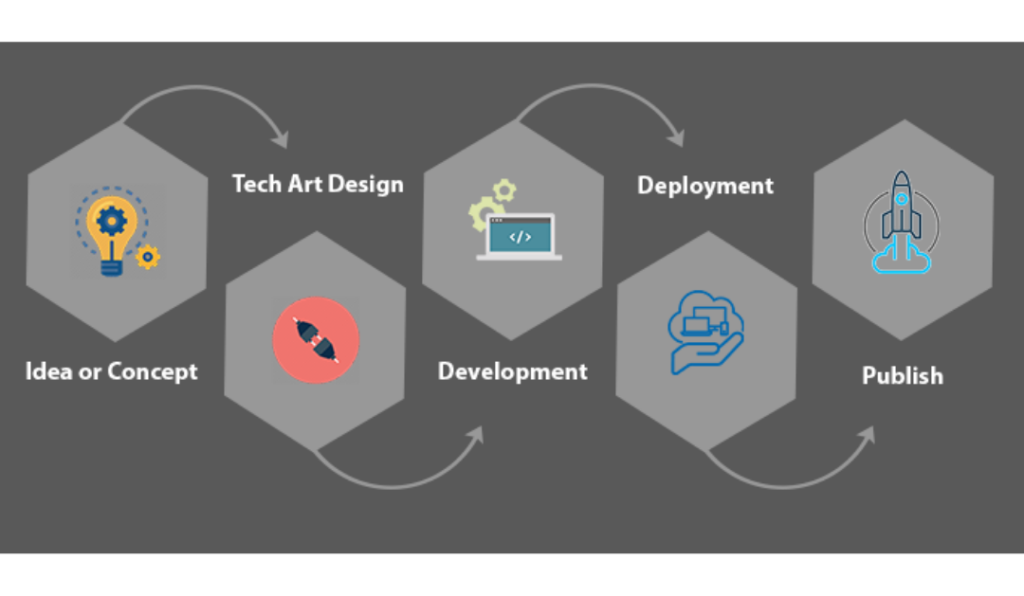Welcome, aspiring coders, to the enchanting world of Java programming! Today, we embark on a thrilling quest to unravel the secrets of character comparison in Java. So grab your favorite potion (or beverage of choice), dust off your wizard hat, and let’s dive into the mystical realm of Java sorcery.
Java: The Language of Wizards and Warriors
Before we delve into the arcane arts of character comparison, let’s take a moment to appreciate the marvels of the Java programming language. Java, much like a powerful incantation, empowers developers to conjure up an array of enchanting software solutions, from spellbinding desktop applications to mystical mobile apps and beyond. With its elegant syntax and robust capabilities, Java stands as a beacon of light in the ever-expanding universe of programming languages.
Deciphering the Spell: What Does it Mean to Compare Characters in Java?
Now, let’s unravel the mystery of character comparison in Java. At its core, comparing characters in Java involves evaluating the relative order of two characters based on their Unicode values. But fear not, fellow apprentice – you need not be a master of ancient runes to understand this concept!
In simpler terms, when we compare characters in Java, we’re essentially asking the question: “Is character A greater than, less than, or equal to character B?” This comparison allows us to perform a variety of enchanting tasks, from sorting strings alphabetically to implementing search algorithms and beyond.
Unleashing the Power of Character Comparison: Why it Matters
But why, you may wonder, is character comparison such a crucial skill for budding sorcerers of code? Well, dear novice, allow me to enlighten you. Character comparison lies at the heart of many spellbinding algorithms and data structures in Java. Whether you’re crafting a magical spell checker, forging a mighty text editor, or traversing the treacherous paths of a labyrinthine maze, the ability to compare characters with precision is essential for navigating the arcane depths of software development.
A Word of Wisdom for Novice Wizards
As you embark on your quest to master the art of character comparison in Java, heed these words of wisdom:
- Embrace the Magic of Unicode: The Unicode standard is your trusty spellbook when it comes to understanding the intricacies of character comparison. Familiarize yourself with Unicode tables and charts to unlock the full potential of character comparison in Java.
- Practice Makes Perfect: Like any skilled sorcerer, mastering character comparison requires practice, patience, and perseverance. Experiment with different comparison techniques, explore edge cases, and don’t be afraid to conjure up your own magical incantations.
- Seek Guidance from Wise Wizards: Don’t wander the mystical realms of Java programming alone – seek guidance from seasoned wizards and sorceresses who have braved the trials and tribulations of character comparison before you. Online forums, tutorials, and mentorship programs are invaluable resources for novice wizards seeking to hone their craft.
- Never Stop Learning: The path to mastery is a journey of endless discovery. Stay curious, keep learning, and remain vigilant in your quest to unravel the mysteries of character comparison and beyond.
By heeding these sage words of advice, you’ll be well on your way to becoming a formidable wizard of code, capable of wielding the powers of character comparison with skill and precision.
Conclusion: A New Chapter Awaits
In conclusion, the art of character comparison in Java is a spellbinding journey filled with discovery, challenge, and adventure. As you embark on your quest to master this mystical skill, remember to embrace the magic that lies within the pages of your spellbook, practice your incantations diligently, and seek guidance from wise wizards along the way. With determination, dedication, and a sprinkle of Java magic, you’ll unlock the secrets of character comparison and unleash your full potential as a wizard of code.


